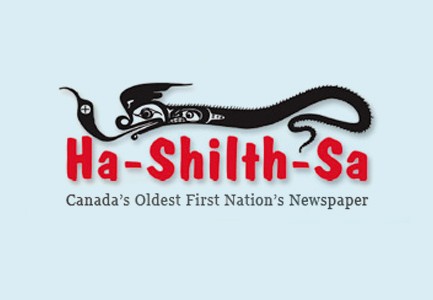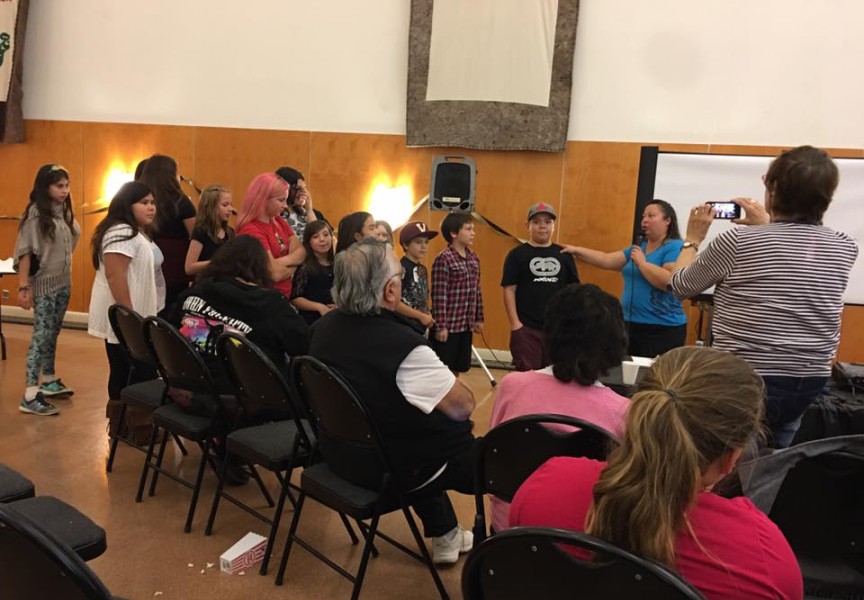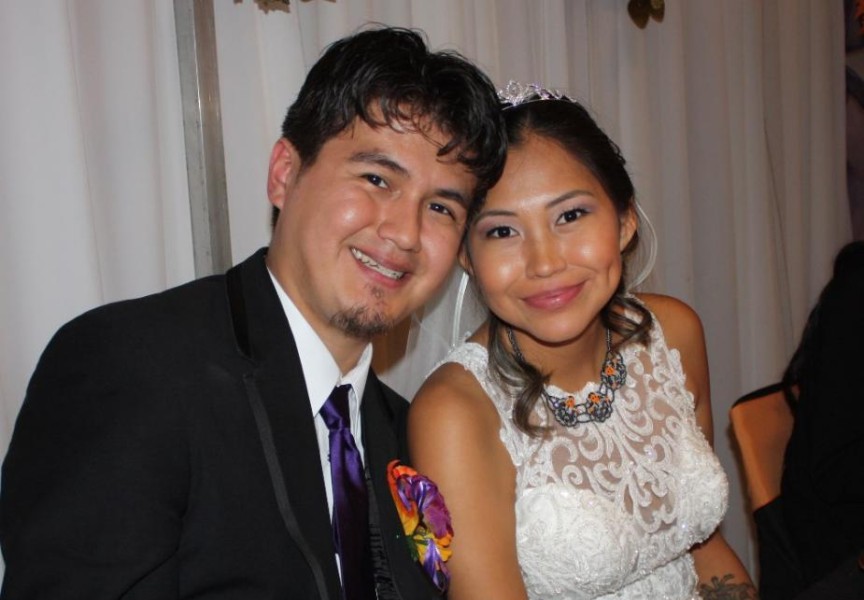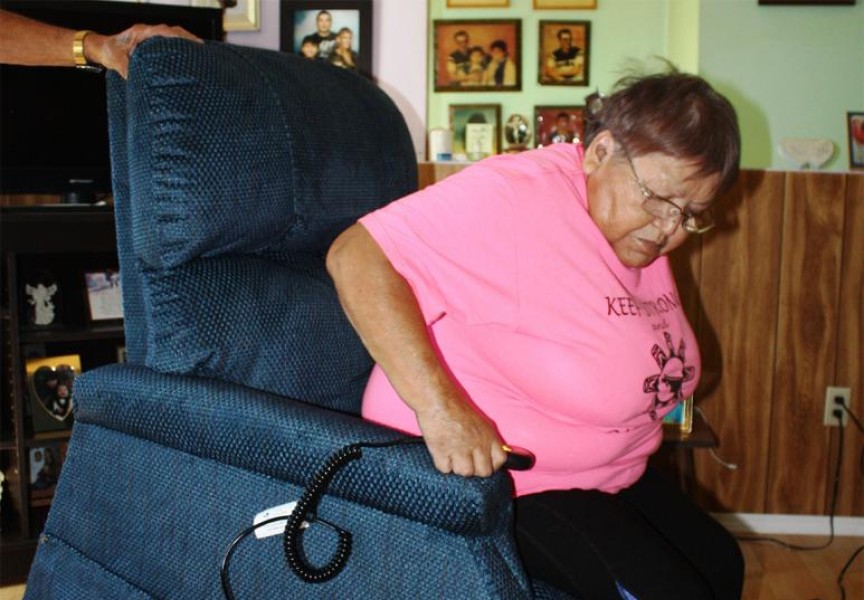Members of the public can check out an amazing array of Indigenous artworks from around the globe, collected by Tseshaht First Nation Chief Councillor Hugh Braker, beginning Jan. 20 at the Rollin Art Centre.
The exhibit is titled A Glimpse Inside A Traveler’s Collection, and features a visual smorgasbord of artworks, artifacts, jewelry and textiles that Braker has collected in more than 20 years of world travel.
Braker is currently travelling in Southeast Asia and is not due back until Jan. 18. Ha-Shilth-Sa caught up to him by telephone in Cebu in the Philippines. After years of collecting, Braker said he wants to share his love for Indigenous or “Tribal” art, as it is referred to internationally.
“I had a really small show in Victoria, of about 20 pieces, and people really loved them,” he said. “They loved touching them, but there won’t be any touching at this show,” he added.
Braker said wherever he travels he purchases new pieces directly from the artists and artisans, although he has also picked up a few historic artifacts. Some highlights?
“Baskets collected from Indonesia, Costa Rica and Peru. Some spectacular headpieces from Brazil, from the jungle tribes. A mask from Bali and lots of clothing.”
All of the clothing is hand-woven. Braker said he purchased most of the pieces from the artisans while they worked on their looms.
“And there is going to be a lot of what I call ‘ornamentation.’ For example, I have some pretty spectacular beaded pieces that ladies wear in Indonesia… I’ve got what might be the largest Canadian collection of Banaue ‘belt-buckles’. These are huge shells that are etched around the edges and worn as a status symbol of wealth.”
For this exhibit, Braker said he has included the types of non-precious jewelry worn by ordinary Indigenous women around the world, as opposed to high-value pieces worn by the elite.
Braker said he has not decided yet whether to include some historic artifacts with a gruesome history.
“I may bring a few artifacts from the Philippine headhunter tribe,” he said, quickly adding, “Not skulls…”
The pieces were once worn by members of the tribe to indicate their status and skills, he said. Braker explained that the U.S. government recruited the headhunters to conduct guerrilla warfare against the Japanese Army during the Second World War, then actively suppressed the more murderous activities of the tribe after the war.
“There are only two actual headhunters still alive,” Braker said.
Melissa Martin is the arts administrator for the Community Arts Council, which runs the Rollin Art Centre. Martin said she has known Braker for a number of years, and started thinking about putting on a local exhibit after hearing about the success of the invitation-only show in Victoria.
But setting up an exhibit of privately-owned pieces meant a slight change in gallery policy, she explained.
“We’re somewhat unusual in that we book our exhibits a year in advance and we change our exhibits monthly,” Martin said.
Typically, however, the cost of mounting an exhibition is partly covered by sales of the individual pieces, along with community donations. Buyers can purchase the artworks during the exhibit, then take possession once the show is completed.
“In this case, none of the pieces are for sale, so it is unusual for us,” Martin said. “In this case, I thought, January is always a slower time of the year for people to purchase art. So I thought this was an opportunity to expose the community to this type of exhibit. We’re all about cultural experiences and diversity, so this is another avenue to expose people to cultural art.”
The exhibit runs through Feb. 5, which is a little shorter than usual. That is in part because the owner will not be available to set up the show until just two days prior to opening.
“It’s going to be a bit of a challenge to display these pieces because you can’t just pin them to a wall, and they’re not just two-dimensional pieces. They’re three-dimensional, some of them wearable, so Hugh and I are going to have our challenges next week when we go to hang it.”
The exhibit opens to the public on Jan. 20, with an official reception (also open to the public) from 1 p.m. to 3 p.m. on Saturday Jan. 23. Hugh Braker will be on hand to meet the public and answer questions about the display.
Rollin Art Centre is located at 3061 Eighth Avenue in Port Alberni, and is open from 11 a.m. through 4 p.m., Tuesday through Saturday.







